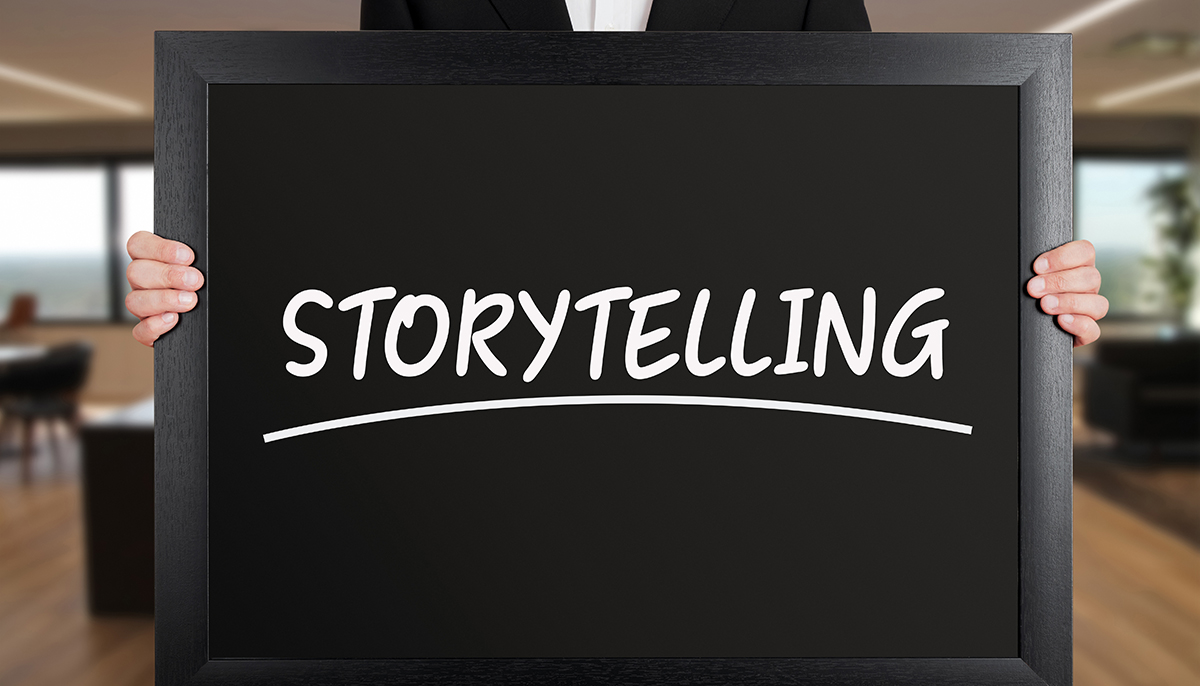 When you market your products and services, you want to do so excitingly. You don’t just want to publish content on what the products and services are in general. You want to make them as enjoyable as possible, so people must buy them immediately! The task can be accomplished with marketing storytelling.
When you market your products and services, you want to do so excitingly. You don’t just want to publish content on what the products and services are in general. You want to make them as enjoyable as possible, so people must buy them immediately! The task can be accomplished with marketing storytelling.
What is Marketing Storytelling?
Marketing storytelling is creating content in a way that connects with the emotions of the reader. By telling a story and relating your products or services to that story, you catch potential customers’ attention and enable them to connect to your brand. Rather than say, “Here’s the product, and here’s what it does,” you show the individual how this product or service can help them and do so through a story.
Benefits of Marketing Storytelling
There are many benefits to marketing storytelling. First, when you use marketing storytelling, you draw the individual in and keep them engaged. Also, you go above and beyond the product and service details by letting the person know how this item can affect their lives and how it’s played a part in other people’s lives. Lastly, you make your brand’s products and services memorable, which is extremely important in marketing!
Risk of Not Doing it Well
If you don’t do your marketing storytelling in the best possible way, you may not sell as many products and services. Also, if you don’t use this technique properly, you can push people away from your competitors.
Why It’s Different for B2B
B2B marketing storytelling is a bit different than regular marketing storytelling. Since B2B products and services are a bit more involved than consumer items, the storytelling may have a more technical focus. However, when done correctly, you can use B2B storytelling to your advantage!
How to Do B2B Storytelling
When you’re ready to give B2B marketing storytelling a try, here are some tips to follow:
- Make your customers the focal point: When you tell a story for B2B marketing purposes, make sure your customers play a vital role in the story. This helps potential customers relate to the content better.
- Create stories that engage: Make sure the reader won’t get bored with the content and stop reading mid-story. Create reports that engage and interest the reader.
- Make the story dramatic: Add a little drama to the story to make your potential customers sit up, take notice, and continue reading to see how it all ends.
- Ensure your reader can visualize the story: Use photos and videos to provide top-notch visualization for your B2B marketing storytelling.
- Use data for accuracy: With B2B storytelling, it’s essential to use data in your storytelling so you can back up the content with facts.
Learn how to accomplish B2B storytelling with help from AIMG!
